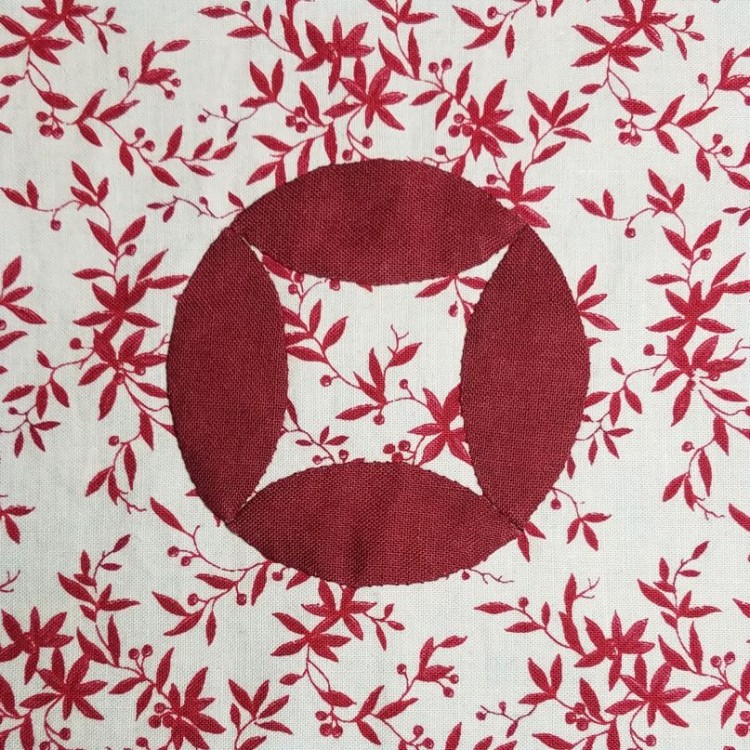For all I’m spending all my time at home these days, I thought I might feel more isolated, but the fact is, I’m just as much immersed in the hustle and bustle of the world as I used to be; it’s just happening virtually now.
After almost a decade of managing my quilt guild’s website, I’d decided this summer that I was going to step back and take a smaller role in it, leaving more time for quilting … but we’re trying to reimagine guild events in a virtual world (including a virtual quilt show happening next spring), and I don’t seem to be spending any less time on it after all.
Parenting is busy during this time as well, trying to help my high school senior be successful with online classes, get applied to colleges, and find an SAT test being offered anywhere in a 75-mile radius before the end of the school year. Work is much the same, trying to figure out how to be productive in this new virtual environment.
So, as much as ever before, I’m struggling to make time in my “madding” life for quilting. I figured this would be a nice fast block to do in my spare time amidst all the frenzy, and sewing it together was indeed a pretty quick task.
The block planning for this one took way longer than the actual block construction though. Usually, before I start a block, I look online to see how others have tackled it, and sometimes I find a wide variety of approaches. Not so with this block. Pretty much everyone appliquéd this block (either reverse appliqué or “forward” appliqué or a combination of the two).
The Dear Jane software gave me the option to cut out and piece the melons to the center star shape and the outer curved edge trapezoids. I toyed with this approach for a long time, but ultimately decided the skinny seam allowance on the center star points would drive me mad. Also, curved piecing is not that much more appealing to me than appliqué. So, I went along with the madding crowd and decided to appliqué four melons on to a single background piece.
I knew that using four melons to construct a circle had a lot of potential for a lopsided finished product. So, I carefully measured and marked the four spots where melons came together. Of course, the melons themselves had other ideas, stubbornly refusing to exactly fit between two of the marked dots. And it isn’t only a matter of lining up the melon points; you also have to get the curve of each side of each melon right.
On the finished block, I think that the outer circle looks quite circle-y, but some of the points on the inside of the circle look longer than others. Or maybe shorter. Or maybe it’s all an optical illusion. I’m sure I could get a better perspective on it if I could just get far from this madding crowd and focus on quilting.
